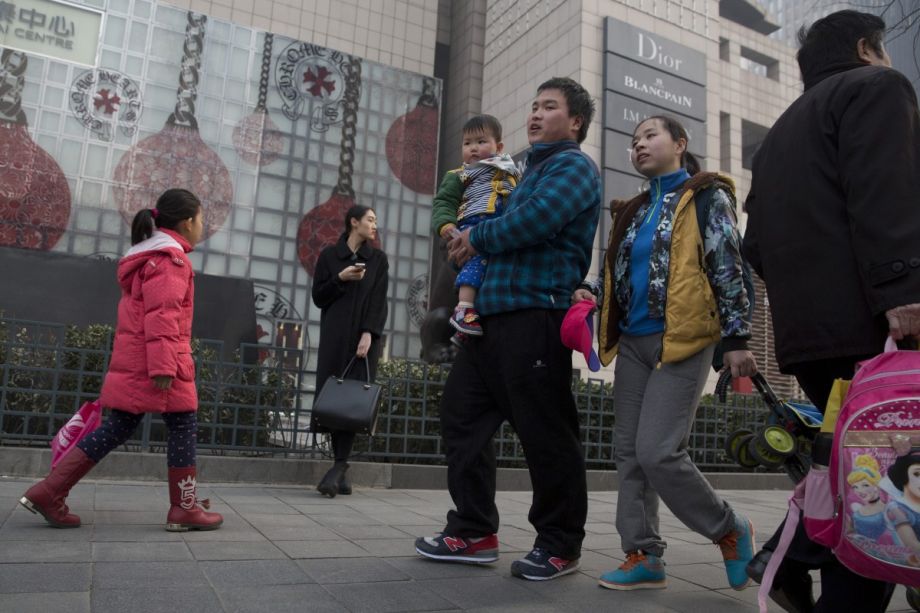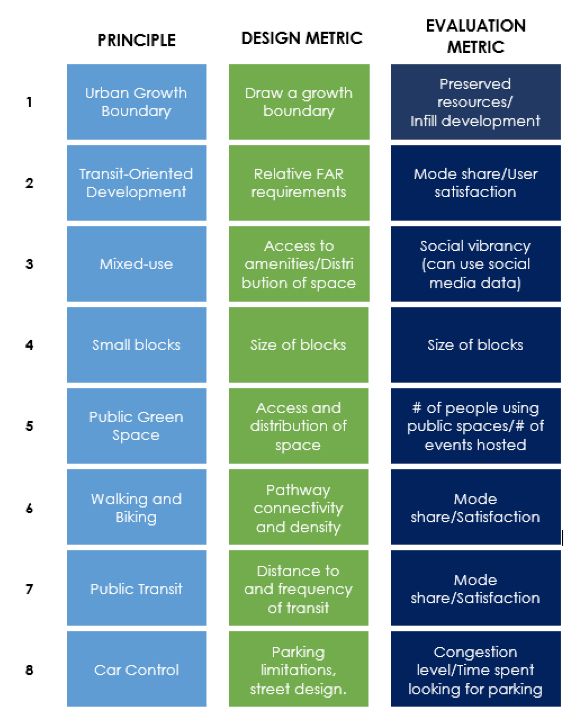In one of the most famous books on self-improvement, The 7 Habits of Highly Effective People, Stephen Covey wrote, “Begin with the end in mind.” Sun Tzu, in The Art of War, says, “Plan for what is difficult while it is easy, do what is great while it is small.” These two pearls of wisdom should be applied to urban planning and development. There are small tweaks to urban blueprints or policies that can have humongous impacts on the final form and function of the urban area.
The UN Conference on Housing and Sustainable Urban Development (Habitat III) has served as a call for urban leaders to come together to determine the most important goals of housing and sustainable urban development. According to the UN, the conference, which will take place in Quito, Ecuador, in October, is intended “to reinvigorate the global commitment to sustainable urbanization, to focus on the implementation of a New Urban Agenda, building on the Habitat Agenda of Istanbul in 1996.”
Laudably ambitious? Absolutely. But as the fall convening approaches, and as we review the zero draft released this month, we see the need to home in on a particular word from that UN statement: implementation. How do you write an agenda that is inherently implementable? How do we achieve all of the goals that the New Urban Agenda will set out?
In zero draft form, the New Urban Agenda outlines a fantastic vision for cities. It speaks of inclusion, equality, transit-oriented development and safety. But how do we get there? What does a “blueprint of the city” actually look like?
As Jan Gehl has said, “We definitely know more about good habitats for mountain gorillas, Siberian tigers or panda bears than we do know about a good urban habitat for Homo sapiens.”
However, since his seminal book, Cities for People, was released in 2010, an emerging consensus has developed on what the basic principles for a healthy, livable and sustainable city looks like, and the New Urban Agenda is entirely consistent with this growing consensus. Cities should be walkable; cities should be built for people and not cars; cities should be mixed-use and transit-oriented; cities should use participatory planning to engage with and fulfill the needs of local communities.
For a few years, in our work at Energy Innovation, we have worked very closely with China Development Bank Capital (CDBC) to understand their needs to create actionable guidelines for urban development. The CDBC is now using our Green and Smart Urban Development Guidelines as the key resource for a national training program including provincial level officials from 34 provinces, conducted jointly with the National Development and Reform Commission, the country’s central economic development arm.
While creating the manual, we thought a lot about what it takes to guide cities in a way that allows for flexibility but also sets some minimum requirements for what a human-friendly environment should include. We went to CDBC with a number of important urban development principles for their guidelines, much like what is in the New Urban Agenda, but it wasn’t enough. They wanted to know: How can we translate this into something that will be put onto a blueprint and then actually influence the urban form and mobility system?
So we reviewed all the major indicator systems for green, low-carbon, or eco-city city development, and did extensive interviews with over 100 experts, reviewed hundreds of papers, and came up with a method to the madness of planning sustainable cities.
What we came up with was very simple, and we think that is the beauty of it. We see three steps to policymaking that ensures any policy itself is implementable.
1. The policymaker must determine the key principle.
2. The principle must be connected intimately with a design metric (or metrics) that can reflect the realization of this principle in the planning stage.
3. There must be a metric that allows policymakers to evaluate the ultimate efficacy of the design metric.
For example, take a principle (1, above) such as “walkability.” To make “walkability” implementable, we included a specific design metric (2) that could be used in developing the blueprint or the urban development plan. For walking, we decided that pathway density and connectivity was an absolute pre-requisite. So, for our guidelines, we have specified that the pathway density for any city should be 10 km per km squared. In contrast, a design metric like sidewalk width is something that might require more flexibility — some areas work great with a sidewalk width of 2 meters but some might require 3 meters. However, if you sacrifice pathway density and connectivity, the basic infrastructure for walking does not even exist and even the best street design might not revitalize a pedestrian’s ability to walk in that area.
Evaluating walkability (3) could be as simple as looking at mode share, or conducting surveys to understand user satisfaction with sidewalks.
The table below shows an example of how this exercise can be conducted with some of what we consider to be the major principles for urban form and mobility. We do not think these are perfect or complete, but we think the method is an important starting point for discussion.
The method can be applied to any number of principles. Say your principle is affordable housing. The design metric could be having a certain percentage of housing dedicated to low-income residents. The evaluation metric could then be what percentage of this housing actually ends up housing low-income residents.
The zero draft of the New Urban Agenda offers a couple of metrics that are paired with their principles, but we think that it should consider including some of the most important principles, design metrics and evaluation metrics — to truly help cities achieve the “implementation” of its beautiful vision.
Any vision of a great city necessitates room for diversity and imagination. But a vision for great cities also requires an understanding of the science and design principles that enable that diversity and imagination to occur. By beginning with the end in mind and planning great cities with the wisdom of a handful of important metrics, city builders can greatly improve their ability to develop fantastic human habitats. We hope that the UN and other urban development institutions, organizations and financiers will consider this method as a simple way to improve the urban planning and development process
This piece is part of a series of reported articles and op-eds that Next City is publishing related to preparations for the United Nations’ Habitat III conference in Quito, Ecuador, in October 2016. With a grant from the John D. and Catherine T. MacArthur Foundation, we’re covering the critical issues at stake on the road to creating a “New Urban Agenda,” and hosting events at PrepCom III in Surabaya, Indonesia, in July 2016, and in Quito.
CC Huang is an analyst at Energy Innovation. She focuses on sustainable urban development strategies, policy design and data analysis. Lily Qiu is a research assistant with Energy Innovation. She is an economics and mathematics major at UCLA.
.(JavaScript must be enabled to view this email address)













